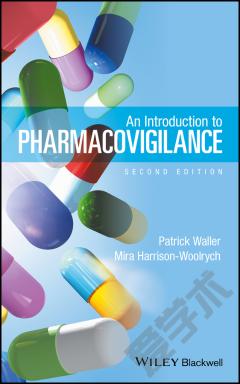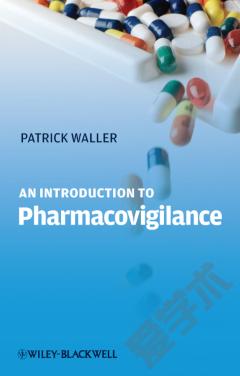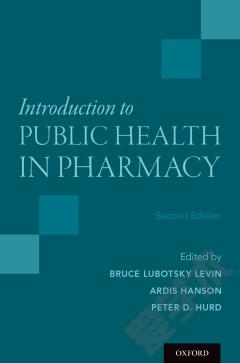An Introduction to Pharmacovigilance
1: What is pharmacovigilance and how has it developed? . Origins and definition of pharmacovigilance. Scope and purposes. Development of pharmacovigilance since the 1960s. Conclusion . 2: Basic concepts . Introduction. Adverse Drug Reactions. The concept of safety. Causation - was the drug responsible?. Conclusion . 3: Types and sources of data . Introduction. Pre-clinical studies. Human volunteer studies. Clinical trials. Post-marketing surveillance. Conclusion . 4: The process of pharmacovigilance . Overview - a risk management process. Signal detection. Evaluation and investigation. Taking Action. Communication. Conclusion . 5: Regulatory aspects of pharmacovigilance . Introduction. Legislation and guidelines. Regulatory pharmacovigilance systems. Obligations of pharmaceutical companies. Conclusion . 6: International collaboration . Introduction. World Health Organisation. Council for the Organisation of Medical Sciences. International Conference on Harmonisation. Conclusion . 7: Ethical and societal considerations. Introduction. Stakeholders and their perspectives. Ethical principles. Ethical safeguards in relation to safety. Transparency. Conflicts of interest. Conclusion . 8: Future Directions . Introduction: current limitations. Meeting the challenges. Conclusion . 9: Learning more about pharmacovigilance . Books. Journals. Useful websites. Courses. International societies
{{comment.content}}








 京公网安备 11010802027623号
京公网安备 11010802027623号